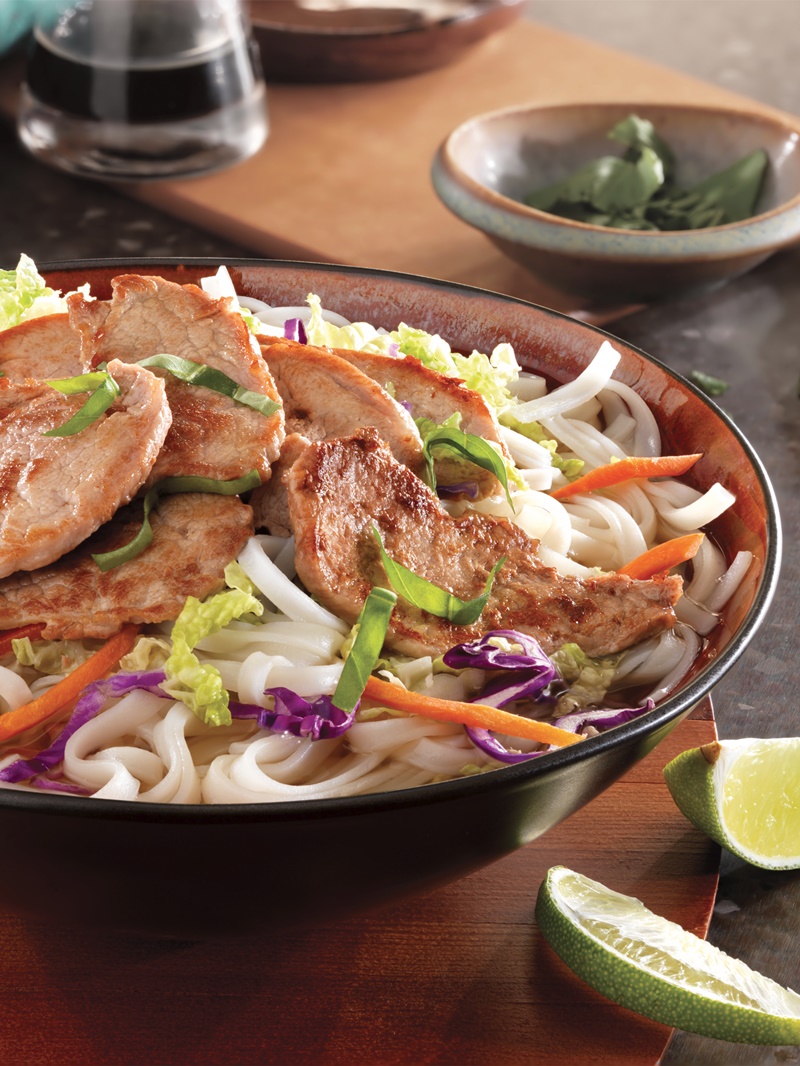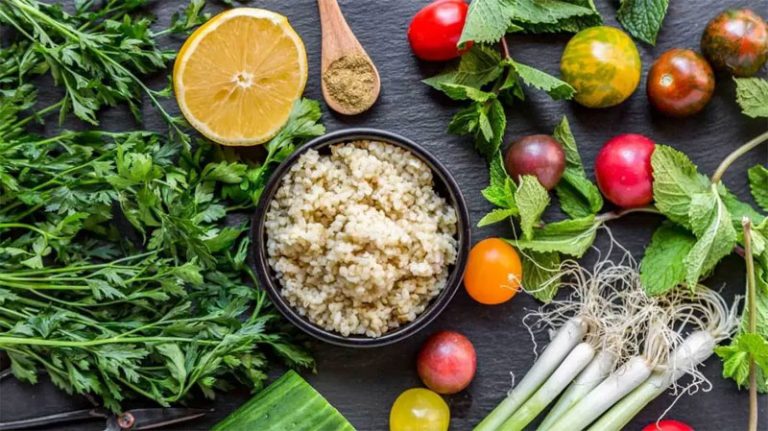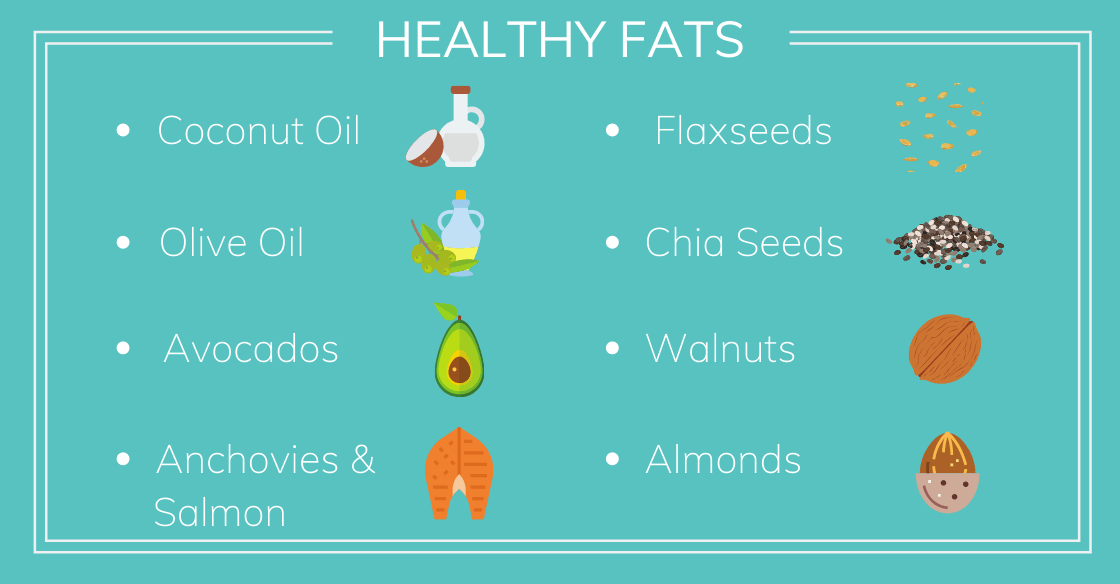43 food labels low fat
Reading Food Labels | ADA - American Diabetes Association Put food labels to work. The Nutrition Facts labels on foods are really the key to making the best choices. We'll cover the basics so that these labels make shopping easier for you. You've heard it all. From carb-free to low-carb, to whole and empty carbs, it's hard to know what it all means. Blood sugar highs and lows aren't always ... Food Labeling & Nutrition | FDA Food labeling is required for most prepared foods, such as breads, cereals, canned and frozen foods, snacks, desserts, drinks, etc. Nutrition labeling for raw produce (fruits and vegetables) and...
How to Understand and Use the Nutrition Facts Label | FDA Nutrients to get less of: Saturated Fat, Sodium, and Added Sugars. Saturated fat, sodium, and added sugars are nutrients listed on the label that may be associated with adverse health effects - and...

Food labels low fat
What the Labels Mean - Calorie Control Council Food and Drug Administration (FDA) food labeling regulations require that essentially all food labels provide nutrition information to help consumers make informed food choices. The regulations have a significant impact on low-calorie, low-fat and "light" foods and beverages which are so popular today. Definitions for terms such as "light ... Low-Fat Foods - American Cancer Society Low-fat foods to choose from Dairy and dairy-like products Low-fat (1%) or fat-free (skim) yogurt, cottage cheese, or milk Neufchatel or "light" cream cheese or fat-free cream cheese Fat-free American cheese or other types of fat-free cheeses Fish, meat, poultry, and other protein Egg whites or egg substitutes 'Low fat' or 'Low sugar' label fools people into buying unhealthy foods ... "A low-fat brownie could have three grams of fat per 40 grams, whereas a low-fat cheesecake would have to have three grams of fat per 125 grams. So if a consumer were trying to find a lower-fat option for a dessert, the low-fat brownie would have relatively higher fat than the low-fat cheesecake."
Food labels low fat. What does low fat, light mean on a food label? - Common Health Myths The term "light" does not always mean a reduction in fat, but can also be a reduction in sugar and/or salt. One of the biggest challenges with "light" food choices are that people tend to consume more of them. A study published in ResearchGate shows that low-fat nutrition labels increase food intake by increasing perceptions of the ... Food Labels: What does the 'low fat' label actually mean? To get you up to speed, a product can only use the low-fat claim if it has less than 3g fat per 100g (and if it's a liquid, it has to have less than 1.5g fat per 100g). In essence, that means that just because something is labelled as low fat, it doesn't automatically make it healthy - it could be bursting with sugar or salt instead. Don't Be Fooled By These Food Labels - Health.com 16 Most Misleading Food Labels Terms like "fat free" or "all natural" are often slapped on a food item that may not be healthy at all. ... It isn't technically considered low fat; only 1% milk and ... The Scam Behind Low Fat Food Labels - Labrada Because there are 9 calories per gram of fat, then that means that your low fat food contains 27 calories out of 50 that come from fat. So if you look at the percentage of fat by calories, your low fat food ends up being over 50% fat! Yikes!!! So much for your food being low in fat. Buyer beware.
What Food Labels Mean—and Don't - Consumer Reports For example, a study in the Journal of the Academy of Nutrition and Dietetics found that shoppers gravitate toward labels such as "low sodium," "low fat," and "reduced sugar," but foods and drinks ... Food Labels | CDC If you eat the whole thing, you are eating 8 times the amount of calories, carbs, fat, etc., shown on the label. Total Carbohydrate shows you types of carbs in the food, including sugar and fiber. Choose foods with more fiber, vitamins, and minerals. Choose foods with lower calories, saturated fat, sodium, and added sugars. Avoid trans fat. Reading Food Labels (for Parents) - Nemours KidsHealth Trans fat should be as low as possible (less than 1% of total calories). Unsaturated Fat Unsaturated fats may also be listed under total fat. Unsaturated fats are often called "good fats" because they don't raise cholesterol levels as saturated fats do. Most fats should come from sources of unsaturated fats. Cholesterol Food Labels: How to Decode the 11 Trickiest Terms Labels not only brag about a food's low levels of bad stuff but also boast about a food's high levels of good stuff. ... Foods bearing this label meet the low standard for fat and saturated ...
Don't Be Fooled By Low-Fat Food Labels - SuperFoodsRx For a product to use the term "low-fat" on its label and advertising, its total fat content must be 3 grams or less. Two-percent (2%) milk really isn't low-fat because it has 5 grams of fat per serving - including 3 grams of the artery-clogging saturated fat! In fact, 35 percent of the calories in a serving of 2% milk come from fat. 13 Misleading Food Label Claims and How Not to Be Tricked The use of the term low-fat is governed by the FDA, which dictates that products must not contain more than 3 grams of fat per 50 grams. For meals and main dishes, foods are expected to contain no more than 3 grams of fat per 100 grams, and more than 30 percent of the calories cannot come from fat. 8. Label Says Made With Whole Grains Low-Calorie Nutrition Label Requirements - LabelCalc For entire meals and main dishes, the calories cannot exceed 120 per 100 grams. Calorie Free: In order for a food to be deemed free of calories, it must contain no more than 5 calories per RACC and per labeled serving. Common examples of calorie free foods include diet soda, chewing gum, and shirataki noodles. Food labels - NHS Some front-of-pack nutrition labels use red, amber and green colour coding. Colour-coded nutritional information tells you at a glance if the food has high, medium or low amounts of fat, saturated fat, sugars and salt: red means high amber means medium green means low In short, the more green on the label, the healthier the choice.
How to Read a Food Label - WebMD One serving of a "low-fat" food can have a maximum of 3 grams of fat. A serving of a "low-calorie" food can have a maximum of 40 calories. A serving of a food labeled "reduced" must have 25% less...
Understanding Food Labels, Low Fat, Sugar and Salt Remember, food manufacturers use many different names for fat and sugars. Traffic light system: Some food labels use red, amber and green colour coding which makes it easier to choose food that is lower in total fat, saturated fat, and sugar and salt. Choose more 'greens', 'ambers' and fewer 'reds'.
Food Packaging Claims | American Heart Association "Very Low" and "Low" means the food has a little more than foods labeled "Free." "Reduced" or "Less" mean the food has 25% less of a specific nutrient than the regular product. "More," "Fortified," "Enriched," "Added," "Extra," or "Plus" means the food has 10% or more of the Daily Value (DV) than the regular product.
Food Labels: Fat & Cholesterol | Home & Garden Information Center Be aware that the word "low-fat" on the label doesn't automatically mean that a food is "low-calorie." "Low-fat" and "fat-free" foods, such as muffins and desserts, often contain more sugars and as many calories as the regular versions. You don't have to eat all low-calorie and low-fat foods.

Top Ten foods to lower triglyceride levels: fruits and vegetables | Foods to lower triglycerides ...
Understanding Food Terms - American Cancer Society Low. How you might see it on a label: low-fat, low-sodium, low-cholesterol, low-calorie What it means: This term can be used on foods that can be eaten often and you still won't get more than the recommended amount of that nutrient. The nutrients that can be described with this label are: Fat; Saturated fat; Cholesterol; Sodium (salt)
How to Read Food Labels for a Heart-Healthy Diet Yogurt: "I choose a low-fat brand that's marketed as 'diabetes friendly' on the label, which means it's low in carbohydrates. You get all the benefit of yogurt with far fewer carbs. Greek yogurt is also a good choice because most brands have fewer carbs than regular yogurt. Compare the labels—some low-fat yogurts contain a lot of added sugar.
PDF Food Label Tip: How to Choose Foods Low In Saturated Fat, Trans Fat ... Fat-free milk is a better choice. Potato Chips Microwave Popcorn These food labels are for one serving of potato chips (about 12 chips) and one serving of microwave popcorn (1 cup). Microwave popcorn has the lowest % of saturated fat and the lowest amount of trans fat. It has 5% saturated fat and 0 grams of trans fat.
Low Fat Nutrient Content Claim - LabelCalc Here are a few of the common fat-related nutrient content claims along with a brief overview of the FDA guidelines for each: Fat-free. Fewer than 0.5 grams of fat per RACC/labeled serving. Doesn't contain a fat-based ingredient (ie. oil) or an ingredient containing significant amounts of fat (ie. nuts) Reduced/Less Fat.
How to Read the Nutrition Facts Label on Packaged Foods Sodium. Many people get far too much salt, or sodium. Most of it is in packaged foods and restaurant items. Limit salt to 2,300 milligrams (about 1 teaspoon) daily. If you have high blood pressure ...
'Low fat' or 'Low sugar' label fools people into buying unhealthy foods ... "A low-fat brownie could have three grams of fat per 40 grams, whereas a low-fat cheesecake would have to have three grams of fat per 125 grams. So if a consumer were trying to find a lower-fat option for a dessert, the low-fat brownie would have relatively higher fat than the low-fat cheesecake."
Low-Fat Foods - American Cancer Society Low-fat foods to choose from Dairy and dairy-like products Low-fat (1%) or fat-free (skim) yogurt, cottage cheese, or milk Neufchatel or "light" cream cheese or fat-free cream cheese Fat-free American cheese or other types of fat-free cheeses Fish, meat, poultry, and other protein Egg whites or egg substitutes
The Truth Behind Fat Free or Low Fat Food Which No One Has Ever Told You by MunFitnessBlog.com
What the Labels Mean - Calorie Control Council Food and Drug Administration (FDA) food labeling regulations require that essentially all food labels provide nutrition information to help consumers make informed food choices. The regulations have a significant impact on low-calorie, low-fat and "light" foods and beverages which are so popular today. Definitions for terms such as "light ...














Post a Comment for "43 food labels low fat"